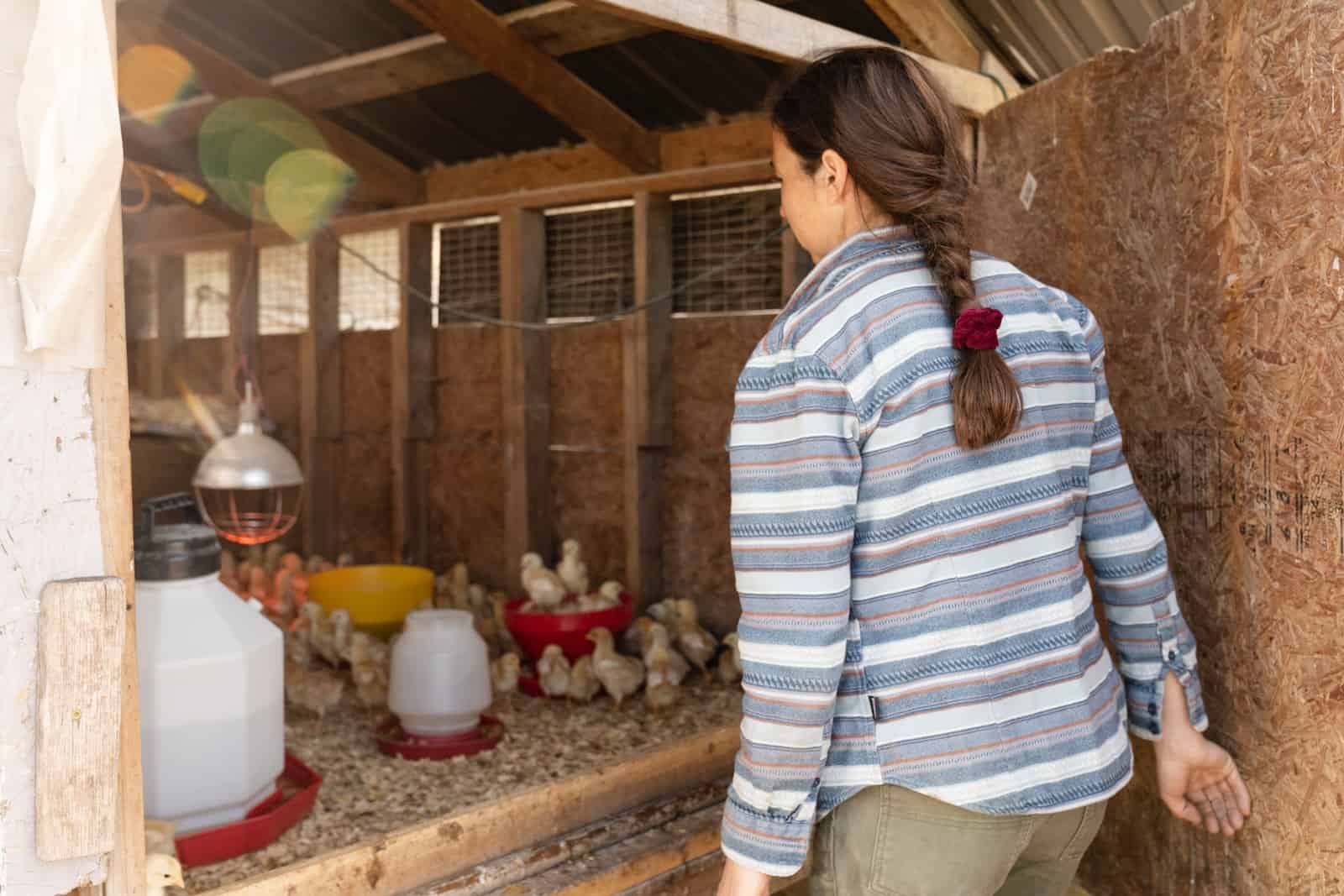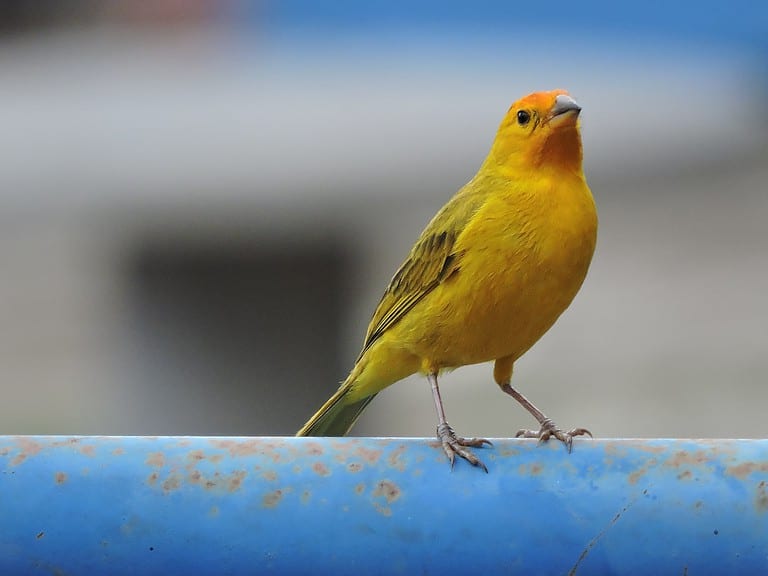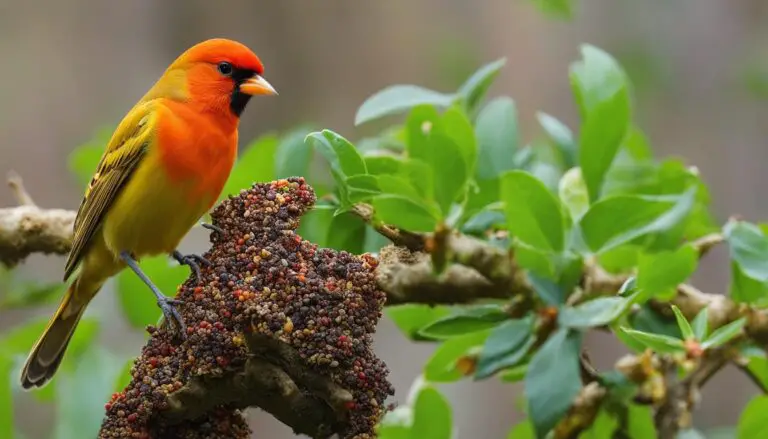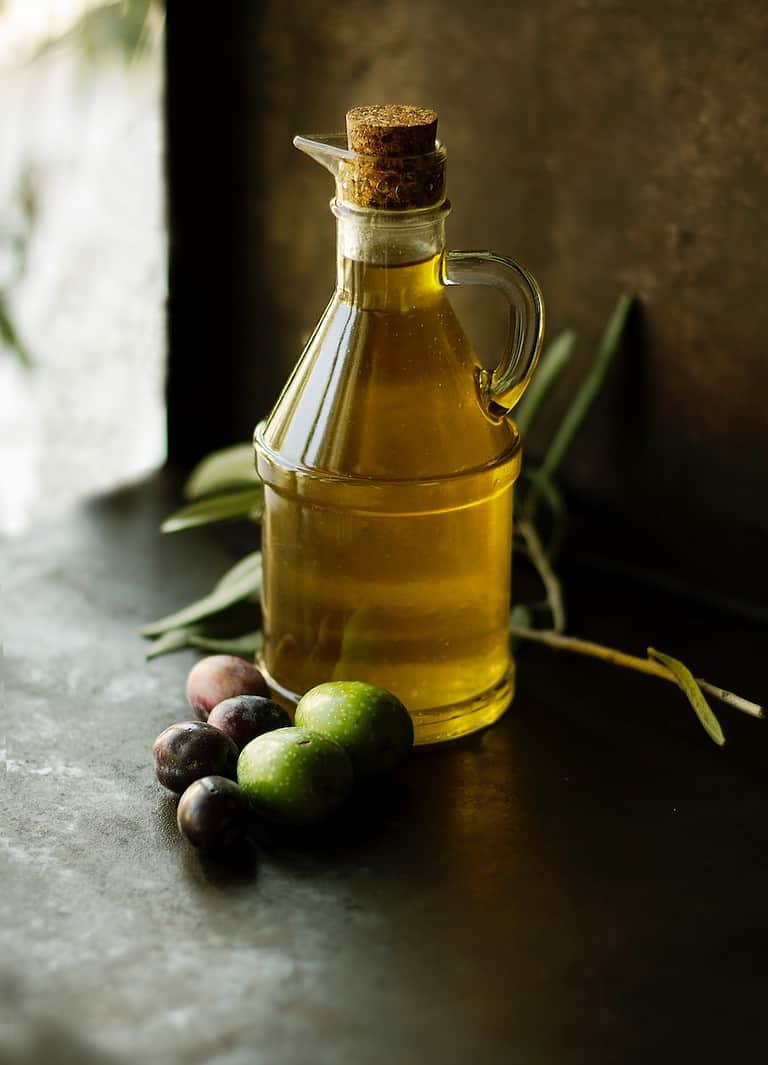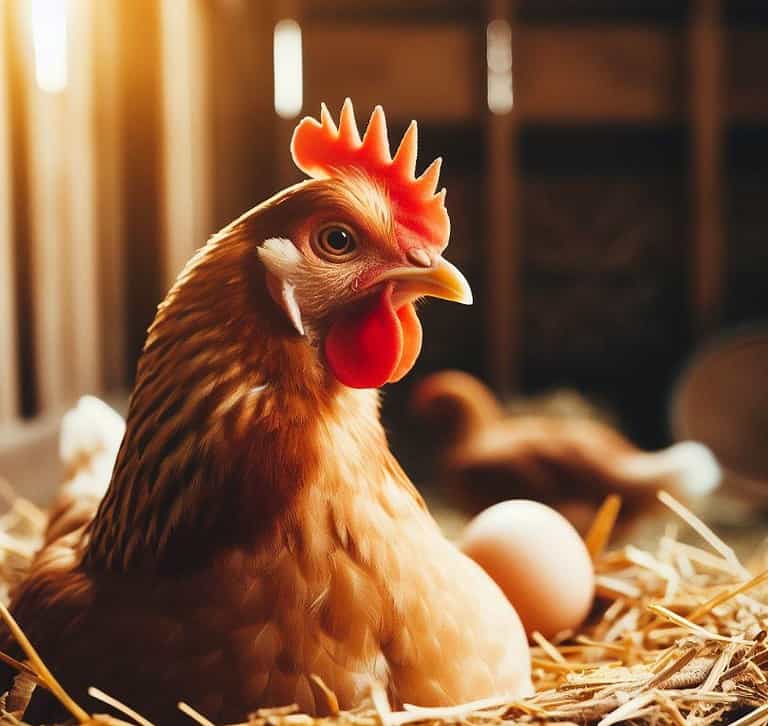Mastering Effective Brooding Techniques
Understanding the Importance of Brooding for Chick Care
Brooding Techniques is a critical aspect of chick care in the poultry farming industry. It is the process of providing a warm and controlled environment for newly hatched chicks until they are ready to regulate their body temperature. This supports their overall growth, development, and survival during the early stages of their life.
Proper brooding is essential for both broiler chicken and layer chicken farming. It sets the foundation for healthy and productive birds, significantly impacting the poultry industry’s success. The brooding stage plays a vital role in the future egg production of layers and the growth and weight gain of broilers. It is during this period that chicks develop their immune systems, bone density, and thermoregulatory mechanisms, making it crucial to provide them with the best care possible.
By ensuring optimal brooding conditions, poultry farmers can establish a strong starting point for their flocks, which can lead to improved feed conversion, reduced mortality rates, and higher profitability. Therefore, understanding the importance of brooding and implementing appropriate brooding techniques is a fundamental aspect of successful hatchery and flock management in the poultry farming business.
Creating the Ideal Environment for Brooding Chicks
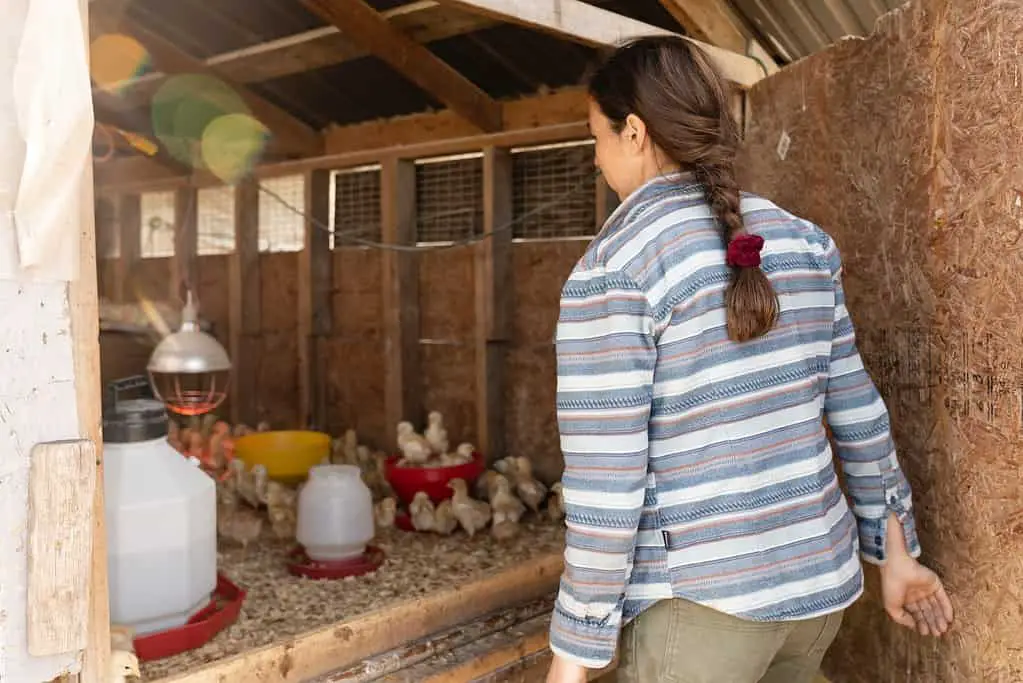
Creating the ideal environment for brooding chicks is crucial for their growth and overall well-being. When designing the brooding area, it is important to consider factors such as temperature, humidity, lighting, and ventilation.
Temperature control is of utmost importance as chicks are unable to regulate their body temperature effectively. The brooder should be set at the recommended temperature for the age of the chicks, which can vary depending on the breed and time of year.
It is essential to monitor the temperature closely and make any necessary adjustments to ensure that the chicks are comfortable.
Additionally, providing a consistent heat source, such as a heat lamp or infrared heater, is essential. This will help maintain the desired temperature, ensuring the chicks remain warm and healthy.
Humidity levels also play a crucial role in the brooding environment. Adequate moisture in the air is essential for healthy chick development, as it helps prevent dehydration and promotes proper feather growth. Monitoring humidity levels and providing appropriate measures, such as water trays or humidifiers, will help maintain optimal humidity in the brooder.
Lighting is another factor that should not be overlooked when creating the ideal environment for brooding chicks. Providing a consistent light source is important for the chicks’ development and behavior.
A 24-hour light cycle during the first few days of brooding helps prevent cannibalism and promotes feed consumption. After the initial period, gradually reducing the light cycle to 16 hours a day is recommended for proper brooding management.
Ventilation is crucial to maintain air quality and prevent respiratory issues in chicks. Proper airflow helps remove excessive moisture, ammonia, and carbon dioxide, ensuring fresh and clean air for the chicks. This can be achieved by providing adequate vents and fans in the brooder.
Overall, creating the ideal environment for brooding chicks requires careful attention to temperature, humidity, lighting, and ventilation. By ensuring these factors are well-managed, poultry farmers can provide a conducive environment for the chicks’ healthy growth and development.
Selecting the Right Brooder for Your Chicks

When it comes to selecting the right brooder for your chicks, there are several factors to consider. First and foremost, you need to ensure that the brooder provides a safe and comfortable environment for the chicks to thrive. This means that it should be spacious enough to accommodate the number of chicks you have, with sufficient room for them to move around and spread their wings. Additionally, it should be well-ventilated to allow for proper airflow and prevent the buildup of harmful gases.
Another important factor to consider is the type of heat source and temperature control offered by the brooder. Chicks require a specific temperature range to promote healthy growth and development. Therefore, it is essential to choose a brooder that comes with adjustable heat options and a reliable thermostat. This will allow you to maintain the optimal temperature for your chicks at all times.
In conclusion, selecting the right brooder for your chicks is crucial for their overall well-being and success in poultry farming. By providing a safe and comfortable environment, along with proper heat source and temperature control, you are setting your chicks up for a healthy start in their journey towards becoming productive broiler or layer chickens.
Providing Proper Heat Source and Temperature Control
One of the key factors in successfully brooding chicks is providing them with the proper heat source and maintaining the correct temperature. Chicks are unable to regulate their body temperature effectively during their early stages of life, so it is crucial to create a warm environment for them to thrive.
There are different types of heat sources available for brooders, including heat lamps, heating pads, and radiant heat panels. It is important to choose a heat source that is appropriate for the size and number of chicks being brooded.
The temperature in the brooder should be initially set at around 95°F (35°C) for the first week and then gradually reduced by 5°F (2°C) each week until reaching the ambient room temperature.
This gradual reduction in temperature helps the chicks adjust and develop their natural ability to regulate their body heat. Regular monitoring of temperature is necessary to ensure that the chicks are comfortable and not experiencing any heat stress or cold stress.
In addition to providing the proper heat source, it is essential to have temperature control mechanisms in place. This can include using a thermostat or a thermometer to monitor the temperature accurately.
Any fluctuations in temperature should be addressed promptly to avoid any negative effects on the chicks’ health and growth. Maintaining a consistently warm and comfortable temperature in the brooder is crucial for the chicks’ overall well-being and development.
When it comes to brooding chicks, providing them with the right heat source and temperature control is paramount. It ensures their comfort and promotes optimal growth and development. By carefully selecting the appropriate heat source and monitoring the temperature closely, poultry farmers can create an ideal environment for their brooded chicks, setting them up for success in the poultry farming journey.
Ensuring Adequate Ventilation and Air Quality in the Brooder

Ventilation is a crucial aspect of brooding chicks that is often overlooked. Adequate ventilation ensures fresh air supply, removes excess moisture, and helps maintain optimal air quality inside the brooder. Poor ventilation can lead to a range of issues such as respiratory problems, heat stress, and an increase in harmful gases like ammonia.
To ensure proper ventilation in the brooder, it is important to have a well-designed ventilation system in place. This can include vents or windows that allow for the exchange of air, as well as fans to promote airflow. It is essential to monitor the temperature and humidity levels inside the brooder regularly to determine if the ventilation is adequate. Additionally, proper litter management is crucial for maintaining good air quality as the litter can release gases if not managed properly.
In conclusion, ensuring adequate ventilation and air quality in the brooder is vital for the health and well-being of your chicks. It is essential to have a well-designed ventilation system and to regularly monitor the temperature and humidity levels inside the brooder. Proper ventilation will help prevent respiratory issues and promote a healthy environment for your chicks to thrive.
- Ventilation is crucial for brooding chicks as it ensures fresh air supply and removes excess moisture.
- Poor ventilation can lead to respiratory problems, heat stress, and an increase in harmful gases like ammonia.
- A well-designed ventilation system with vents or windows and fans promotes airflow and exchange of air.
- Regular monitoring of temperature and humidity levels inside the brooder is essential to determine if ventilation is adequate.
- Proper litter management is important for maintaining good air quality as improper management can release harmful gases.
Feeding and Watering Techniques for Brooded Chicks
Feeding and watering are critical aspects of caring for brooded chicks in poultry farming. Providing the right nutrition and hydration ensures their healthy growth and development.
When it comes to feeding brooded chicks, it is essential to provide a balanced and nutritious diet that meets their specific nutritional requirements. Depending on the age and type of chicks, you can choose from a variety of feed options available in the market. Broiler chicken and layer chicken have different dietary needs, so it is important to select the appropriate feed for each type.
Feeding schedules should be strictly followed, with regular intervals throughout the day. Ensure that the feed is fresh and clean, free from any contaminants or mold. It is advisable to consult a poultry nutritionist to determine the ideal nutritional composition for your chicks based on their breed, age, and growth goals.
Watering is equally important for brooded chicks. They require a constant supply of clean, fresh water to stay hydrated and maintain their overall health. Provide water in clean containers that are easily accessible to the chicks. Regularly check and clean the water containers to prevent any bacterial growth or contamination. Water quality is crucial, so ensure that it is free from any impurities and regularly monitor its pH levels.
Proper feeding and watering techniques are crucial for the healthy growth and development of brooded chicks. By providing them with a balanced diet and clean water, you can ensure their well-being and maximize their productivity in the poultry industry.
How long should chicks be brooded for?
Chicks should be brooded for a period of 4-6 weeks, depending on their breed and the ambient temperature.
What is the ideal temperature for brooding chicks?
The ideal temperature for brooding chicks is around 95°F (35°C) during the first week, with a reduction of 5°F (2.8°C) per week until reaching 70°F (21°C).
What type of brooder should I use for my chicks?
There are various types of brooders available, such as heat lamps, heating plates, and infrared brooders. Choose the one that suits your needs and provides adequate heat and safety for the chicks.
How often should I feed the brooded chicks?
During the first week of brooding, chicks should be fed small amounts of starter feed every 2-3 hours. As they grow, the frequency can be reduced to 4-6 times a day.
What should I feed my brooded chicks?
It is recommended to feed brooded chicks with a high-quality chick starter feed that contains essential nutrients and vitamins to support their growth and development.
How much space should I allocate per chick in the brooder?
As a general guideline, provide at least 0.5 square feet (0.05 square meters) of space per chick in the brooder to ensure they have enough room to move around comfortably.
How often should I clean the waterers for the brooded chicks?
Waterers should be cleaned and refilled with fresh water daily to maintain cleanliness and ensure that the chicks have access to clean drinking water.
Can I use tap water for the chicks?
It is recommended to use clean, fresh, and tepid water for the chicks. If tap water is used, make sure it is free from contaminants and treated to remove chlorine or other harmful substances.
Should I provide any supplements to the chicks’ diet?
In consultation with a veterinarian or poultry nutritionist, you may consider providing specific supplements or probiotics to support the chicks’ health and immune system.
How can I ensure proper ventilation in the brooder?
Adequate ventilation is crucial to maintain good air quality and prevent the build-up of harmful gases. Use a brooder with adjustable vents or windows to regulate airflow and ensure proper ventilation.

